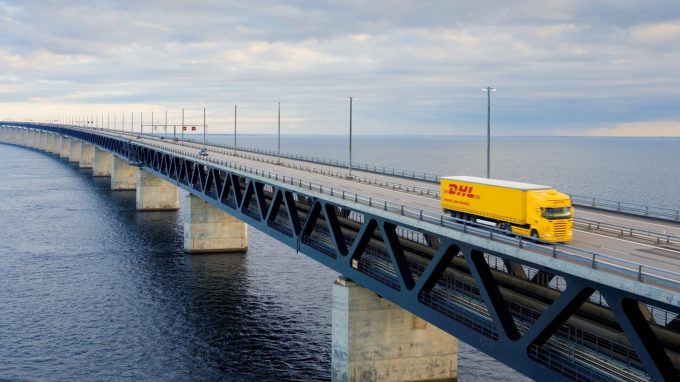Combined Kuehne & DHL GFF? A world-beating pure-play forwarder
The natural evolution of the species (asset swap included)

Demand for multimodal services are on the rise in South-east Asia as shippers look to sidestep volatile air and ocean freight markets.
According to DHL Global Forwardng, the Covid-crisis has seen a pick-up in cross-border road freight.
“It quickly emerged as an alternative solution for businesses shipping goods in the region,” said Bruno Selmoni, DHL’s VP and head of road freight and multimodal for Asean and South Asia.
“The pandemic has also seen road freight featuring more prominently as part of the multimodal ...
'Disastrous' DSV-Schenker merger would 'disrupt European haulage market'
'To ship or not to ship', the question for US importers amid tariff uncertainty
'Chaos after chaos' coming from de minimis changes and more tariffs
List of blanked transpac sailings grows as trade war heats up and demand cools
EC approves DSV takeover of DB Schenker
Shippers in Asia restart ocean shipment bookings – but not from China
Forto 'sharpens commercial priorities' as it lays off one-third of staff
India withdraws access for Bangladesh transhipments, in 'very harmful' decision
'Tariff hell' leaves industries in limbo – 'not a great environment to plan'
Temporary tariff relief brings on early transpacific peak season
Pre-tariff rush of goods from US to China sees air rates soar, but not for long
De minimis-induced ecommerce demand slump could cripple freighter operators
Asian exporters scramble for ships and boxes to beat 90-day tariff pause
Forwarders 'allowing the fox into the chicken run' by supporting 'hungry' carriers
Hapag 'took the bigger risk' when it signed up to Gemini, says Maersk
'Restoring America's maritime dominance' – stop laughing at the back of the class

Comment on this article